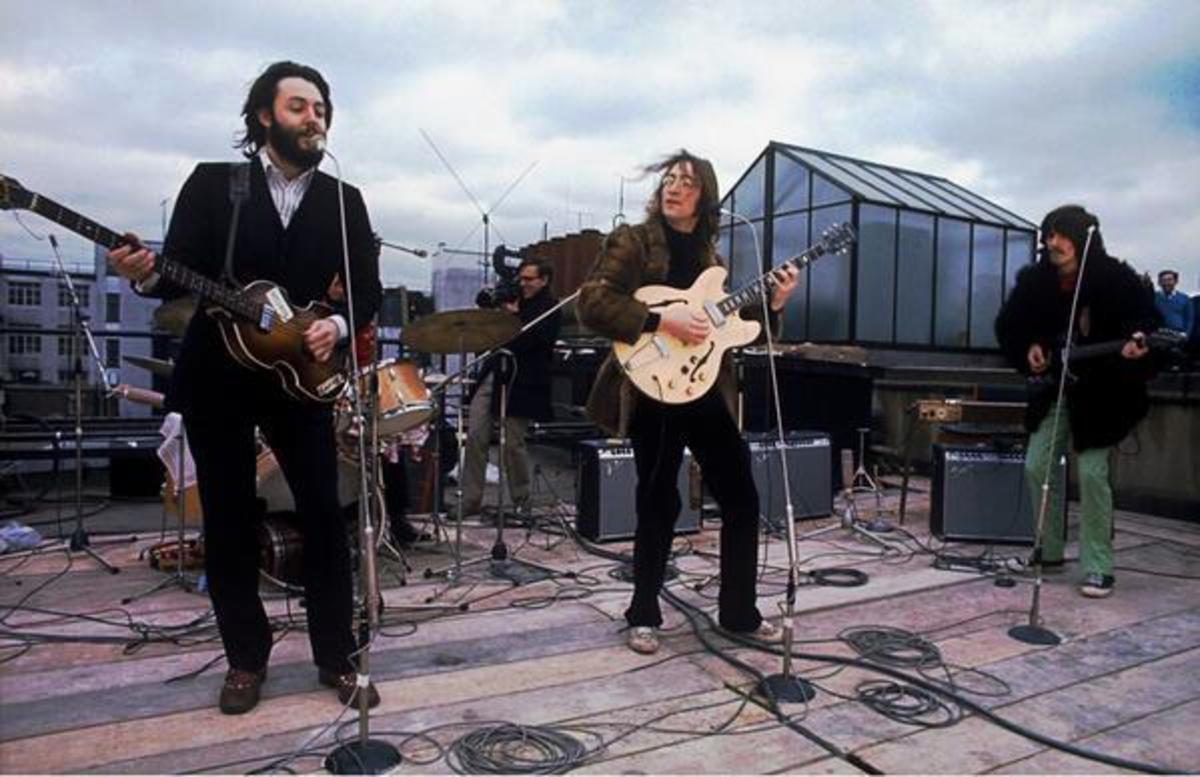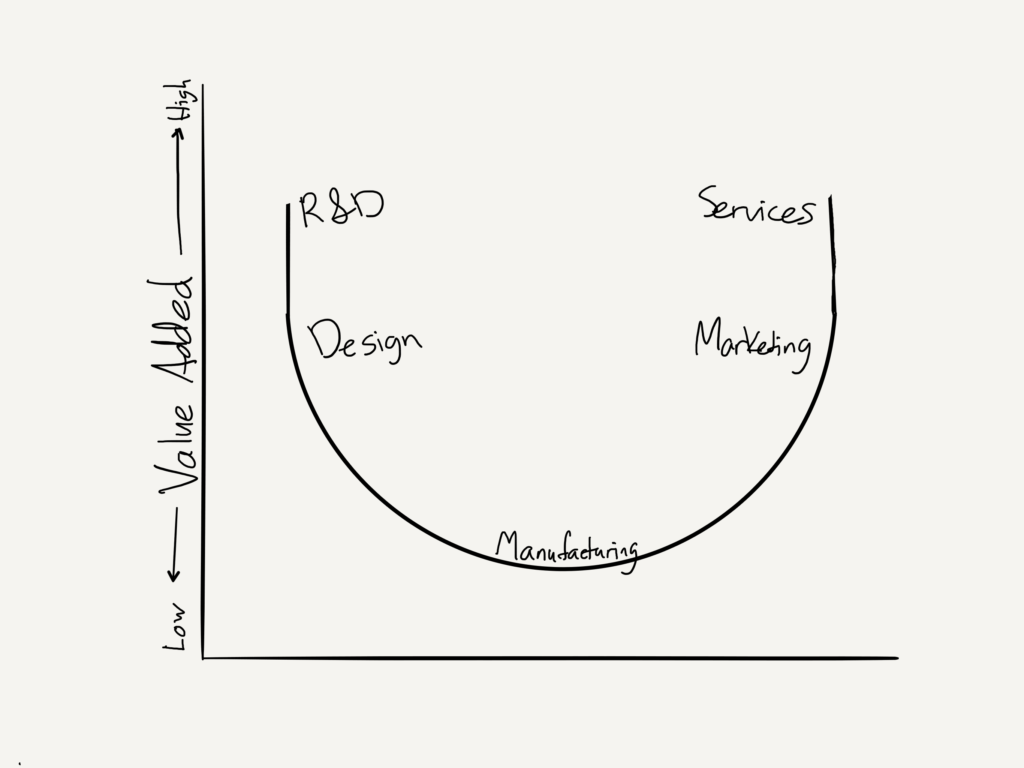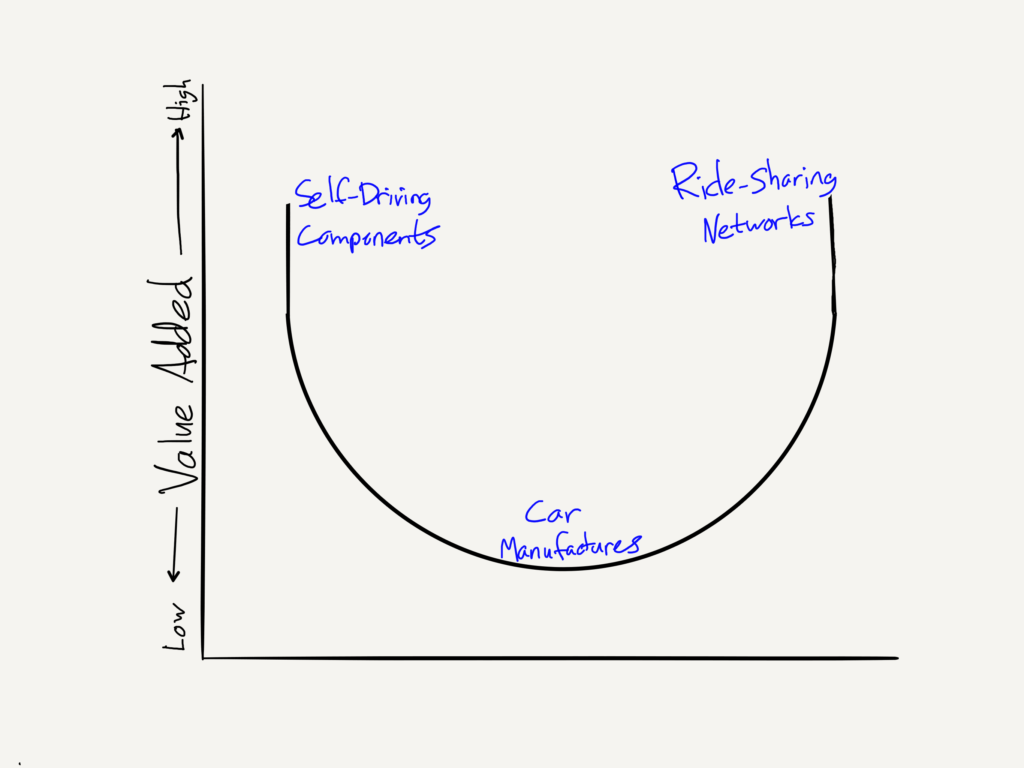
Going live
05/09/2017
Phone in pocket = continuous connection to world... We all get it by now, but a quick example for clarity.
On the way to the airport I receive a notification on my phone: "Gate 26A". As I rush to the gate I pay for my panino and coffee by swiping my N26 bank card - a bank service I signed up for online in under 6 minutes. When we touch down back in Milan I make a quick Amazon order for some basic groceries, which are waiting for me on my kitchen table when I get home. To get home, I book an Uber while I wait for my bags at the carousel.
This scenario is fabricated, yet by no means unrealistic. The fact is that being a consumer in today's digitally connected world means that everything that we could want or need - whether it be food, clothes, media, or a new energy provider - is just a moment away. 2 Business Days Delivery, Waiting Periods, Sign-up Processes and Out-of-stock are terms vanishing from all industries - well, at least those ones that don't want to be left behind.
The digital wave of disruption
The possibility of "live" is directly connected to the capabilities of the technology that is becoming apart of our every day life. We refer to this technological complement as the digital landscape. Fundamentally, the digital landscape changes the way that we interact with our products. Consequently, it changes the way in which a product is valuable. Inexorably, this disrupts the way that people create products as they attempt to capture value unsatisfied by antequated value offerings.
In order to explain, let's take the automotive industry as an example.
Before digital, there was no real way to use a car other than to drive it. For that reason, the best car was the fastest or the cheapest or the biggest - depending on what you were looking for. In turn, the people who generated the real profit were the ones who produced them: manufacturers like Ford who had large factories, a strong value offering for the market, efficient processes and a solid distribution outlet.
Now, thanks to digital, there are multiple ways to "use a car" or, if you will, "access transport". Why buy a car if I can use a car sharing service or jump in an Uber. As companies such as Uber, Google & Tesla successfully emerge with autonomous driving chips, who cares if my car is Ferrari or Ford?
If you're able to picture it, what's happening here is that the generated value is shifting from the manufacturer to the service providers and the technology creators - a common trend identified in digitalised industries, which we can model using The Smiling Curve.


For another example of the application of The Smiling Curve check out this article.
It's all about the customer
I think that the main reason this is happening is because digital has made the customer the boss. Companies that want to succeed have realised the only way to do that is to satisfy the customer... which is becoming harder every day. Customers are becoming to expect more. They want a smooth relationship with their service provider. They want integrated services. They want LIVE. They will accept no less than transparency and simplicity.
However, for the companies ready to leverage this moment, the opportunity is grand. It's given chance to young start-ups to jump into sectors that, up until this point, have been otherwise untouchable... Take a look at N26 and GoGriddy which are two start-ups that are respectively disrupting the Finance and Utility industries through extremely simple design, clear market communication and pain-relieving services.
Live & Raw
To celebrate the beauty of live - and also today, the day my site goes live - I want to share with you guys some of my favorite live performances. Enjoy! And if you have any classic live performances to share with me, post them in the comments!
References